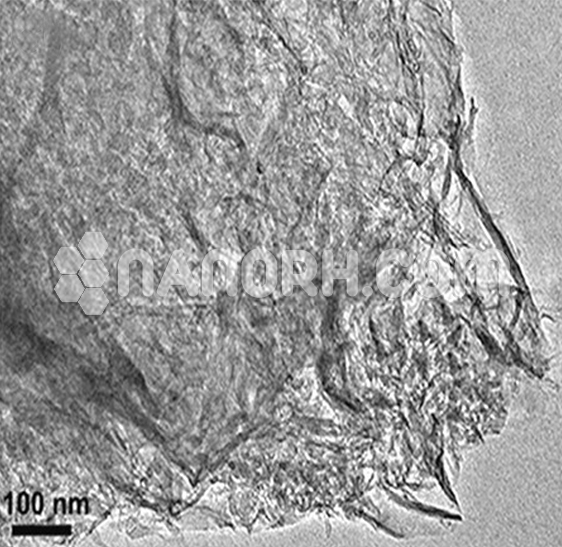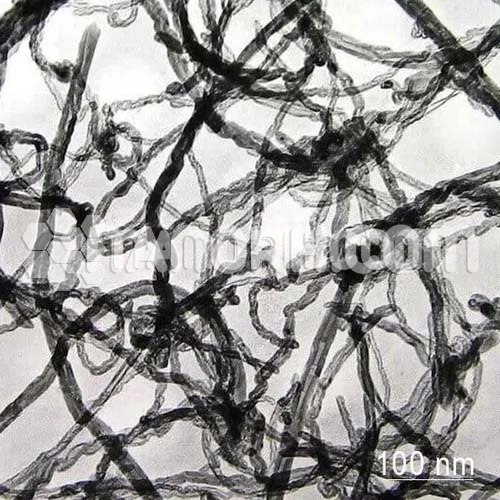| Carboxyl Graphene Nanoparticles | |
| Product No | NRE-039025 |
| CAS No. | 7782-42-5 |
| Formula | C |
| Thickness | 0.8-1.2 nm |
| APS | 1-5 um |
| Purity | >99.3wt% |
| Color | Black |
| Density | NA |
| Carboxyl Ratio | 5.0 % |
Carboxyl Graphene Nanoparticles
Introduction
Carboxyl Graphene Nanoparticles a single layer of carbon atoms arranged in a hexagonal lattice, has garnered significant attention in various fields due to its remarkable properties, including high electrical conductivity, mechanical strength, and thermal stability. When graphene is functionalized, such as with groups, it gains additional functionalities that enhance its versatility in a wide range of applications.
Biomedical Applications:
Drug Delivery: Carboxyl Graphene Nanoparticles are used as drug carriers due to their bio compatibility and ability to modify surface properties. The carboxyl groups can be used to attach drug molecules or other therapeutic agents, improving the targeted delivery of drugs to specific cells or tissues.
Tissue Engineering: are being explored in tissue engineering and regenerative medicine due to their ability to support cell adhesion and promote the growth of certain types of cells. Their high surface area can also provide a scaffold for tissue regeneration.
Biosensors: Due to their ability to modify surface properties and interact with biological molecules, are widely used in the development of sensitive biosensors for detecting diseases, toxins, and other biological markers.
Energy Storage
Supercapacitors: like pure graphene, are used in the development of supercapacitors because they offer high electrical conductivity and a large surface area.
Batteries: can also be incorporated into the anode materials of lithium-ion and other rechargeable batteries, improving their performance by enhancing charge capacity and cycling stability.
Environmental Remediation
Water Purification: are utilized in water treatment technologies due to their high surface area and ability to adsorb heavy metals, dyes, and other pollutants.
Air Filtration: Similar to their use in water purification, CGNs can be used in air filtration systems to capture harmful particles and gases, enhancing environmental protection.
Composite Materials
Polymer Composites: are used as fillers in composite materials, where their high surface area and functional groups improve the mechanical properties, electrical conductivity, and overall performance of materials such as plastics, rubber, and metals.
Electromagnetic Shielding: are incorporated into composite materials for electromagnetic interference (EMI) shielding, as graphene’s conductivity and the added functionalities of carboxyl groups enhance the material’s ability to block electromagnetic waves.




